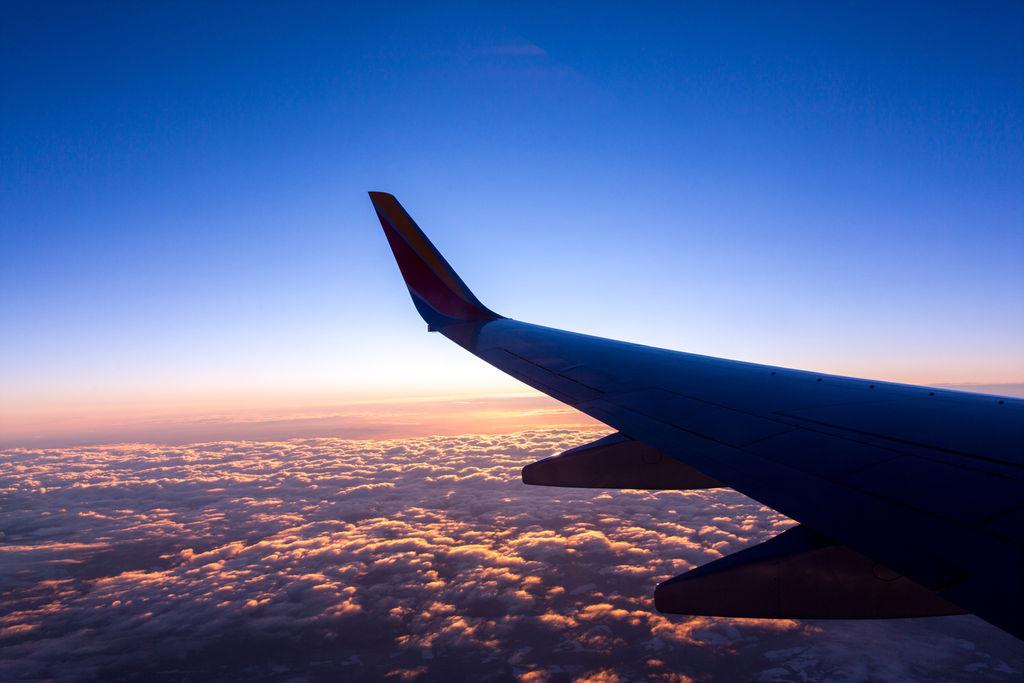
In the past 10 months, part sales and prices are down substantially due to the Covid-19 virus crisis. Questions persist about when will restocking begin and when and how much will a major increase in tear downs affect component pricing?
Aftermarket companies and observers see some changes in the second half of this year. Alaris Aerospace Systems has experienced good growth in the recent years in the used part market. The company has been averaging 10 to 12 aircraft teardowns annually, according to chief operating officer Ramnik Soni.
But so far during the crisis, the company has not seen an increase in the aircraft being sold for teardown. One reason is price. “Airframes that might have sold for $2 to $2.5 million are now more likely to go for $1 to 1.2 million,” Soni says. “However, there have not been many transactions.”
Soni says those who are looking to buy want a sufficient discount, but sellers have strong enough balance sheets to ride it out.
Optimistic carriers and aircraft owners are looking to the vaccine and summer to boost traffic. And those asset owners who need to generate liquidity can sell engines, while holding onto airframes.
Soni says lessors are leaning more to consignment deals rather than asset sales, and this has brought additional supply to the teardown market. Under consignments, companies like Alaris repair and manage assets, and any sales proceeds are shared with lessors or other owners. “Pre-COVID, they would not think of consignment,” he says.
Nevertheless, on the cargo side, there is a fair amount of activity, especially for the GE and Pratt & Whitney engines that power cargo aircraft. “Cargo engines are hot, and hard to get your hands on,” Soni says.
Apart from that, demand for most parts is muted. Alaris is seeing the most demand from non-U.S. markets, for domestic flying in the Far East, in China or in places like Brazil or Egypt. The most popular models tend to be aircraft that can be flown in either passenger or cargo configuration.
Due to diminished demand used part prices are down, as much as 30 to 50% from pre-COVID levels in some cases. But when a part is needed immediately for an AOG, the seller may get as much as 80% of pre-crisis levels.
Soni sees most carriers as still trying to limit cash burn and holding off inventory restocking. He thinks that may change in summer as the vaccine’s effects generate cash and clarify traffic prospects a bit.
The Alaris executive’s views are consistent with those of neutral aftermarket observers. Mike Stengel, an aftermarket analyst at AeroDynamic Advisory, says airlines in the last ten months have focused on survival, minimizing cash burn, reducing headcounts and flying partial schedules.
The current three months will see carriers looking at long-term fleet plans and making more permanent decisions. The next phase, likely in the second half of 2021, will see more aircraft torn down and investment in restocking.
“Part-outs will be flat until maintenance recovers,” Stengel told participants in a recent ILS webinar. He thus sees partouts starting to increase in the second half of 2021, and believes teardowns could reach 630 per year by 2023. But with parking costing only 10,000 to $20,000 per month and part demand sluggish, “there is little incentive to part out now.”
ILS Director of Applications Heather Levesque says her part marketing site is registering the most interest in Boeing aircraft, especially 767s and 747s, due to their cargo potential. Maintenance capacity on the site is up 9% and inventories up 1%, from pre-COVID levels. “Much more USM [used serviceable material] inventory is available.”
Given sluggish demand, ILS’s algorithms estimate that the fair market values of serviceable parts is already down an average of 34% and that of overhauled parts down 35% from pre-virus levels. “What will happen when the part-out Tsunami happens?” Levesque asks.
Of course, when that supply Tsunami hits, traffic and demand should also be stronger, so the increases might just balance out. Meanwhile, the values of other part sources has dropped much more modestly.
The value of new parts has decreased only 9%, surplus parts 7% and PMAs 2%, ILS estimates. “Customers want simplicity, and that favors new parts,” Levesque observes. Stengel points out that buying surplus parts requires more effort and resources, but airlines have reduced headcounts.





